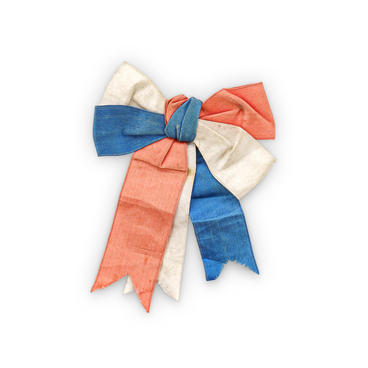One of the most valuable artifacts kept in the Pushkin House is the dagger of Mikhail Lermontov. There is little information about this dagger. Most notably, it is not known how the poet acquired it. Did Lermontov buy this dagger himself in the Caucasus, or was it given to the poet by Alexander Griboyedov’s widow Nino Chavchavadze in Tiflis? It is safe to say that the dagger, “which served the poet well in clashes and skirmishes with enemies, ” was later presented by Lermontov to the publisher Andrey Alexandrovich Krayevsky. His name is associated with the success of various popular newspapers and publications, including “Otechestvennye Zapiski” (Notes of the Fatherland), “St. Petersburg Vedomosti” and “Golos” (The Voice). Krayevsky played an important role in the development of “Sovremennik” and “Literaturnaya Gazeta” (Literary Gazette). He introduced Lermontov into St. Petersburg literary and journalistic scenes, and subsequently became Lermontov’s main publisher and executor during the writer’s life. While working at the “Notes of the Fatherland”, Krayevsky invited the best contemporary writers and critics to contribute, for instance, Gogol, Belinsky, Dostoevsky and many others.
Pavel Viskovatov, the author of the first complete biography of Lermontov, wrote that, “according to Krayevsky, Lermontov managed to fight off three highlanders with it (the dagger) who chased him near the lake between Pyatigorsk and the St. George fortress…” It was Krayevsky who made a notch on the blade that reads “A.K.” — his monogram. The handle of the dagger is made of ivory, with gold engraving on the blade. The scabbard, covered with green velvet, is decorated with silver overlays with an engraved eastern-style pattern.
Between 1881 and 1883, Krayevsky transferred the
dagger, along with 15 notebooks of Lermontov’s manuscripts, to the poet’s
museum established at the Nicholas Cavalry School (the former School of Guards
Ensigns and Cavalry Junkers). This first Lermontov museum in the country was
founded following the example of the Pushkin Museum at the Alexander Lyceum
thanks to the efforts of the headmaster, Baron Alexander Bilderling. After the
abolition of the institution in 1917, the museum’s collection was transferred
to the Pushkin House at the Academy of Sciences. In terms of the completeness,
manuscripts and memorabilia, it remains the most significant collection of
Lermontov’s works.


